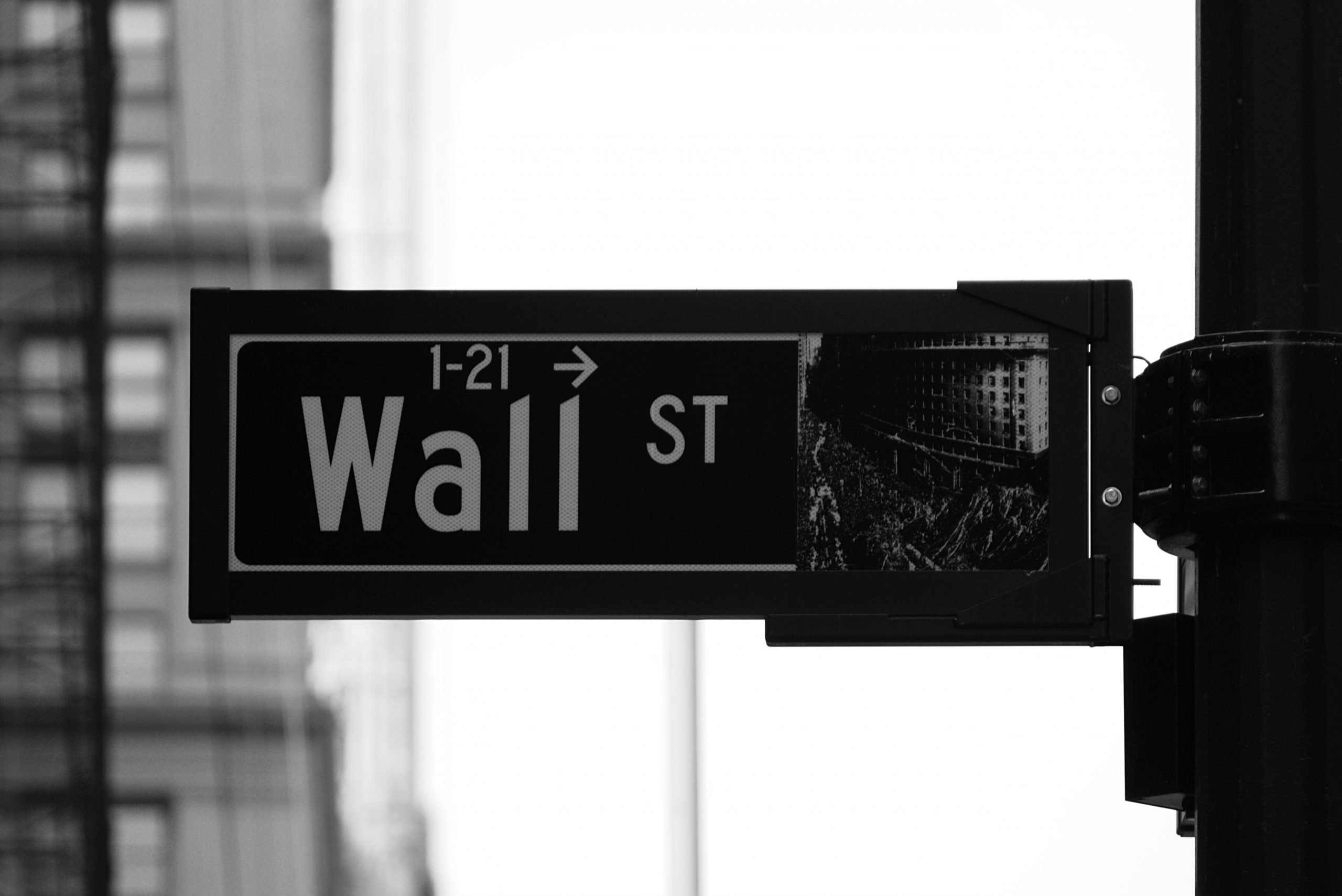- The economy has entered a technical recession — but it could be just a growth scare, Fundstrat said.
- Inflation expectations have flattened, and markets now see the policy rate peaking at 3.28% in January 2023.
- It suggests that the stock market may not fall as sharply as some banks have predicted.
The economy entered a technical recession following the second straight quarterly decline for US GDP, but the market could be looking at a growth scare instead of a full blown recession and inflation should start falling sharply beginning with July’s reading, Fundstrat said in a note over the weekend.
That’s an optimistic outlook considering June’s hot inflation reading of 9.1%, the fastest rise in prices in 41 years. It prompted another 75-point rate hike from the central bank last week, bringing the policy rate to 2.25%-2.5%.
But there are signs the inflation fight is beginning to show results, Fundstrat said. July’s stock market performance was the strongest since November 2020, and inflation expectations have come down since July’s FOMC meeting.
Markets now see the policy rate peaking at 3.28% in January 2023, according to Fundstrat. That’s around 50-basis points less and 2 rate hikes fewer than what was previously predicted in June, when markets saw the policy rate peaking at 3.81% in April 2023.
“The bond market made a serious ‘dovish pivot’ in pricing Fed funds into 2023,” Fundstrat’s head of research Tom Lee wrote, adding that inflation would likely come down sharply beginning with July’s Consumer Price Index reading.
The current rate of July inflation is estimated at .27% by the Cleveland Federal Reserve, meaning that the annualized inflation rate is currently 3.24%. That’s the lowest inflation reading since January.
Lee said the rosier outlook suggests markets “now see a shift in the Fed’s ‘anti-inflation’ fighting measures,” and it could mean the economy is facing a “growth scare.” In other words, the US is facing a slowdown after last year’s rapid economic expansion, when the Fed injected trillions into the market via treasury buy-backs.
That’s different from a full-blown recession, and suggests the economy won’t see a steep contraction after all.
It also suggests that the stock market may not fall by as sharply as some bank analysts have projected, Lee said. Bank of America predicts a year-end target of 3600 and Morgan Stanley predicts a target of 3900, reflecting a 16% and a 9% headwind respectively. Outlook from Wells Fargo, Goldman Sachs, and Credit Suisse are more generous, predicting the S&P will remain stable at the 4300 level.
Photo by Patrick Weissenberger on Unsplash

